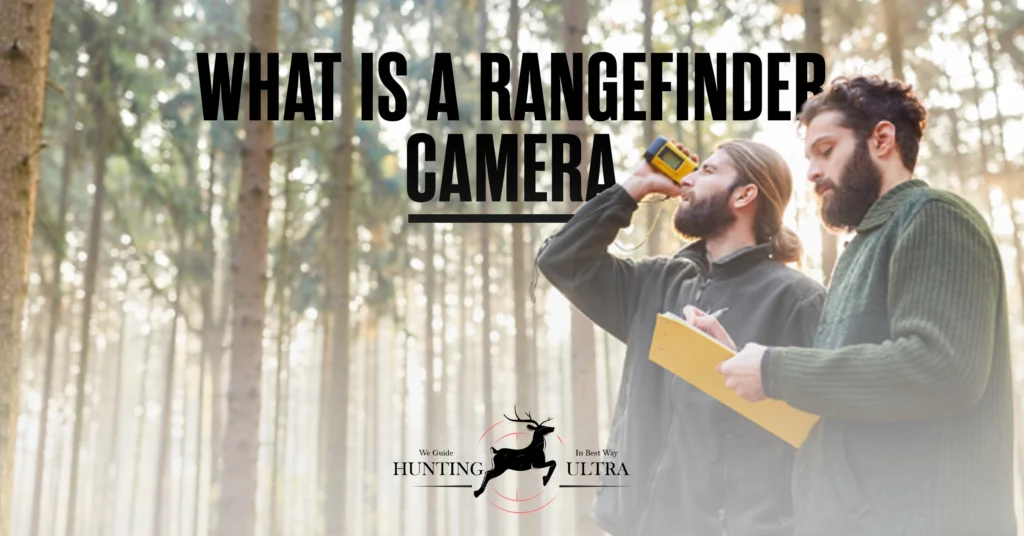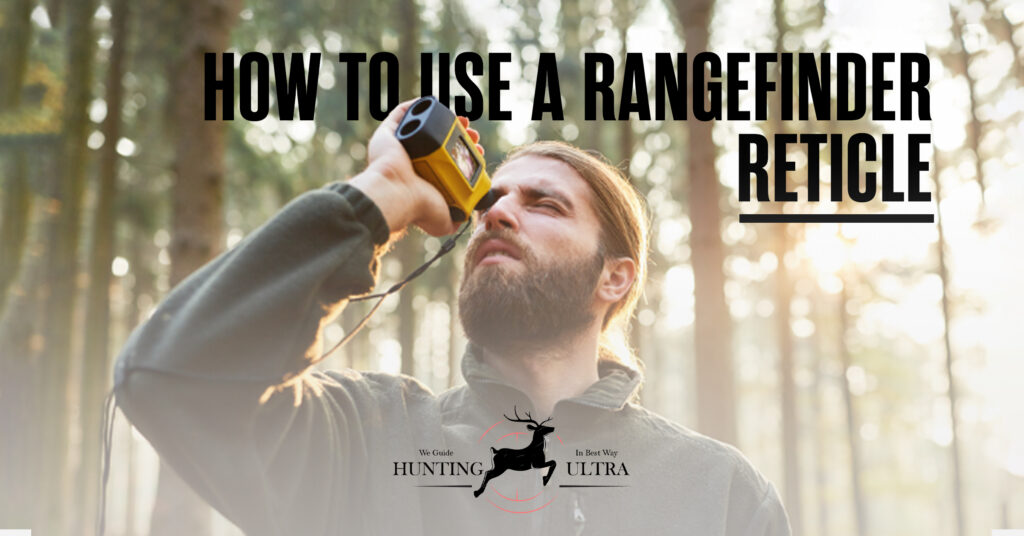If you like to hunt, you will need to learn how much wind is too much for deer hunting. The wind is one of the biggest factors that affect the outcome of a deer hunt. The wind can either help or hurt you when you are practicing. It is recommended that the wind is in your face to prevent the deer from smelling you. Deer are sensitive to smells. So let’s move to see How much is too much wind for deer hunting?
Deer hunters should look for the best hunting conditions by looking for the wind that blows between 5 and 15 mph. Experts say this is the best time for hunters to use their guns. It’s impossible to hunt if the wind is blowing over 15 mph. When hunting in this wind, it’s best to leave. Bucks are more influenced by the weather than does are.
How Can Wind Affect Deer Movement?
Deer are weather-sensitive animals. The way they move can be significantly affected by even the tiniest variation in the barometric pressures.
However, many hunters believe that deer will stop moving and seek shelter in strong winds. There is no evidence to support this, despite its persistent nature. The opposite has been demonstrated by a number of studies. When the wind is strong, the deer will move further.
Important Factors To Know When Hunting In Windy Weather
When we go hunting, there are a lot of things to think about, and we get moderate winds of up to 15 mph. The following are a few essential factors that every hunter should remember. Our specialists compiled the list. These factors come in handy especially when the wind is moderate, like 15 mph.
1. Deer Smelling Sense
The deer’s impeccable sense of smell cannot be denied. However, when there is a strong wind, they are unable to use this ability. This is due to the fact that winds come from a variety of directions and carry a variety of scents with them. In the end, it makes it harder for the deer to determine which direction the smell is coming from.
2. Deer Movement
Hunting can benefit from strong winds to some extent. It is a given that deer will alter their behavior when there are winds above 15 mph. At least during the day, it is likely that deer will prefer to hide in their shelter rather than move to forage for food. Deer may return to their usual paths in the early morning and at dawn.
When bucks move, they no longer rely on their sense of smell and instead use their sight to find the best places to sleep. That is when they enter completely new territory that they are unfamiliar with, and as a result, most of the time they are unable to escape predators.
To hunt big bucks, hunters now use hunting equipment like camouflaged rifle-mounted rangefinders. The deer would alter their travel plans as the winds picked up. Every hunter must keep that in mind and prepare accordingly. You will need the best rangefinder app for deer hunting.
3. Bullet Or Arrow Trajectory
A bullet’s trajectory is less influenced by the wind the closer it is to the shooter. However, you should know that a 10-centimeter deviation from its original trajectory can happen even at short distances. This means that at any distance, a bullet will encounter more wind resistance and go off course.
The windier it is, the less accurate your shot will be. That’s why you should make sure to get close to your prey before taking a shot if the conditions are windy.
If you are hunting with a bow, try to maintain short distances from your target so that the arrow doesn’t deflect too much. A useful piece of equipment for bow hunting is a bow hunting rangefinder. We’ve used this when we’re in tree stands and hunting blinds. The wind only has minimal effect on an arrow moving fast enough.
How Does Wind Affect Bowhunting?
Have you ever bowhunted on a windy day? If so, then you know how difficult it can be to shoot accurately in windy conditions. Even the slightest breeze can cause your arrow to veer off course, making it tough to hit your target.
So, how does wind affect bowhunting? Well, the wind can cause your arrow to deviate from its original path, making it harder to hit your target. In addition, the wind can also mask the sound of your bowstring being released, making it more difficult for deer to hear you and escape.
To counteract the effects of the wind, most hunters will use some sort of weight or stabilizer on their bows. This helps to keep the bow steady and prevents it from being blown around by the wind. In addition, hunters should try to position themselves downwind of their prey so that the animal does not smell them and alert them to their presence.
Despite these precautions, hunting in windy conditions is still challenging. The best way to deal with the wind is to practice shooting in all kinds of weather conditions so that you can be prepared for anything on your next hunt.
Recommendations For Hunting In Windy Conditions
When you’re hunting, you always have to consider the elements and variations in the hunting routine. For example, strong winds could complicate things. You may decide that despite these conditions, you want to continue your hunt for today. If so, it would be wise to follow a few recommendations for making the day successful.
- When you walk or run, the sounds you make travel with you. The opposite is true when you’re walking slowly. In the case of walking fastly, your body odor will move away from you as well
- It’s important to take the temperature of your hunting spot into account when planning your hunt. When it’s warm, the deer tend to go up the mountain in the hopes that it will cool down soon. In cold weather, you can find some in lower areas or near water. It’s worth noting what time of day this behavior is taking place, so you can hunt peak points during warmer times and ravines at cooler times for maximum results.
- When it’s windy, ducking your head and walking would be the best course of action to take. Setting up a lookout would be nearly impossible when there are high winds. It’s not realistic to stay in your stand while watching deer while the wind blows either.
- You should carefully check the environment to see if there are any strong breezes. The deer may be doing this to take shelter from the strong winds. You should also try and closely examine any area with tall grass or wooded areas because they are a favorite hiding place for these animals.
Conclusion
There is no set answer for how much wind is too much for deer hunting, but you’ll start to notice a change in deer behaviors when the wind blows faster. Deer will keep moving through anything stronger than 15mph. They’ll change their bedding sites, their routes, and all of their other patterns to be cautious during windy conditions. If you use the right strategies and put your knowledge of animal travel patterns to use, you can bag a trophy buck!



